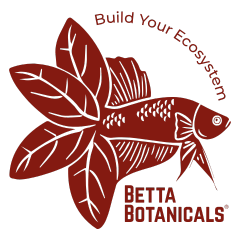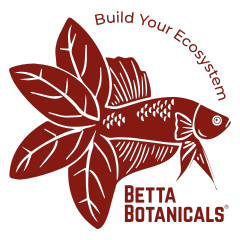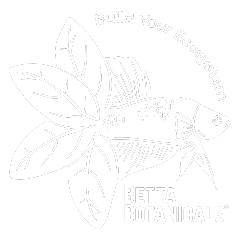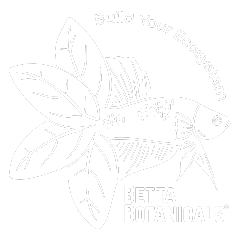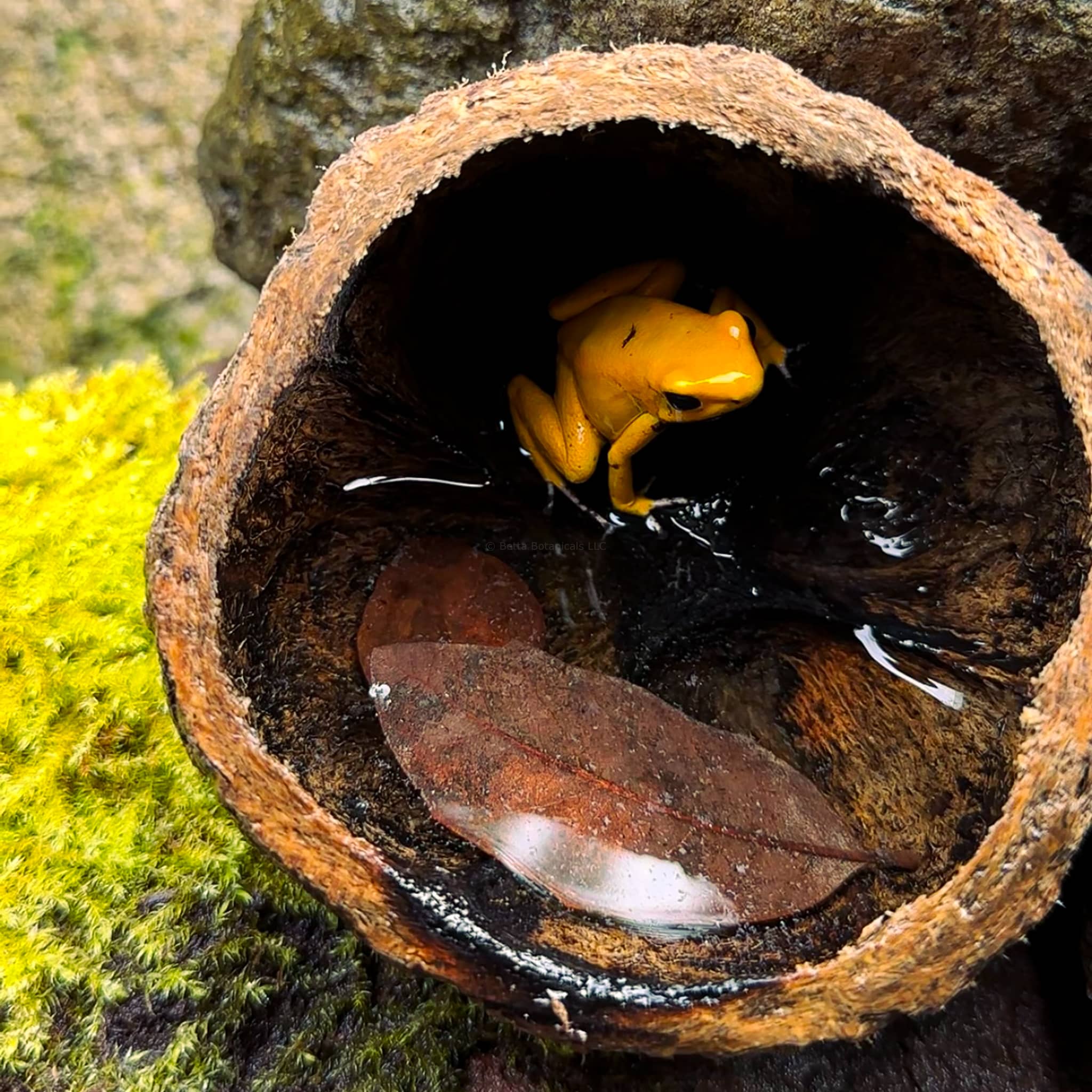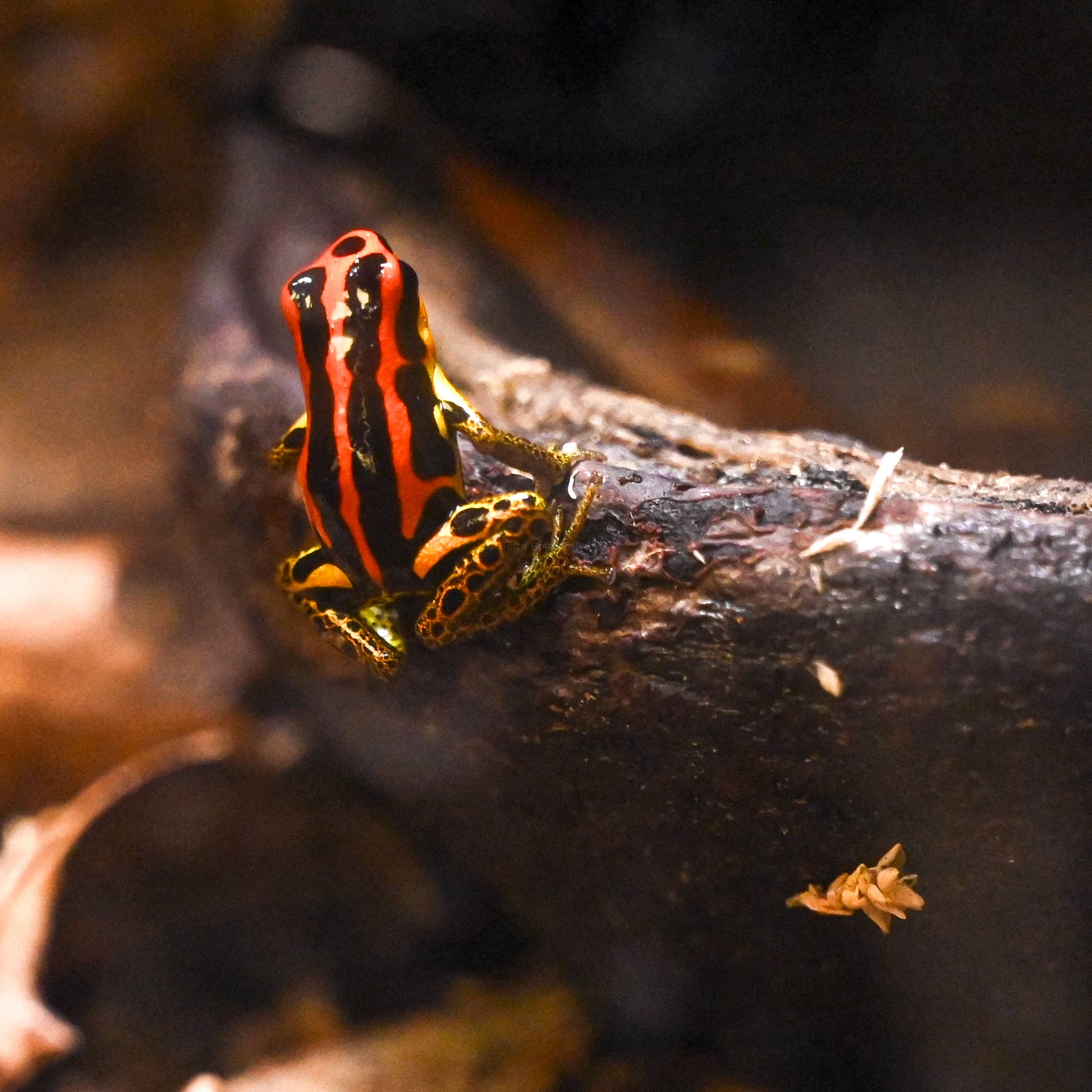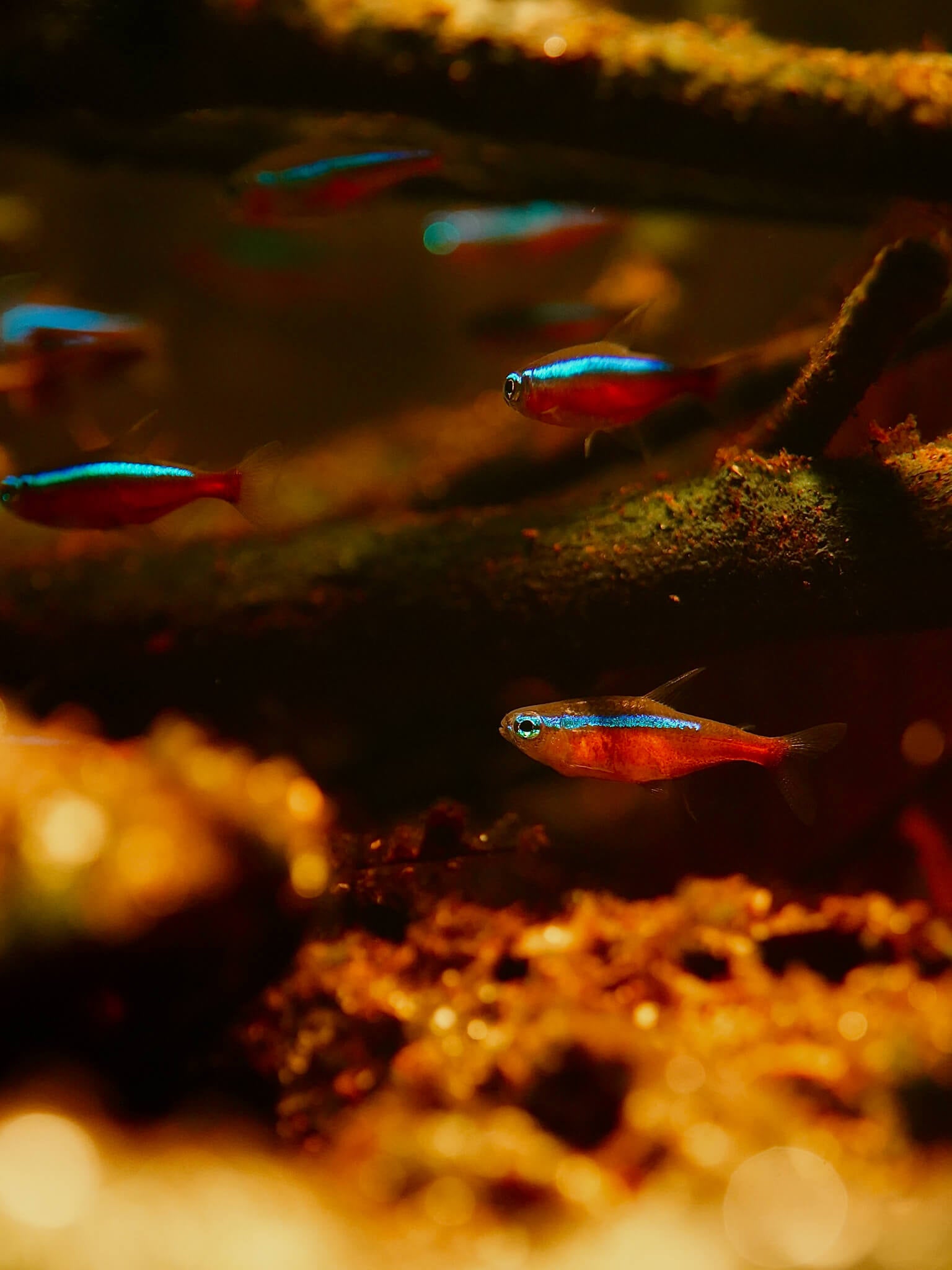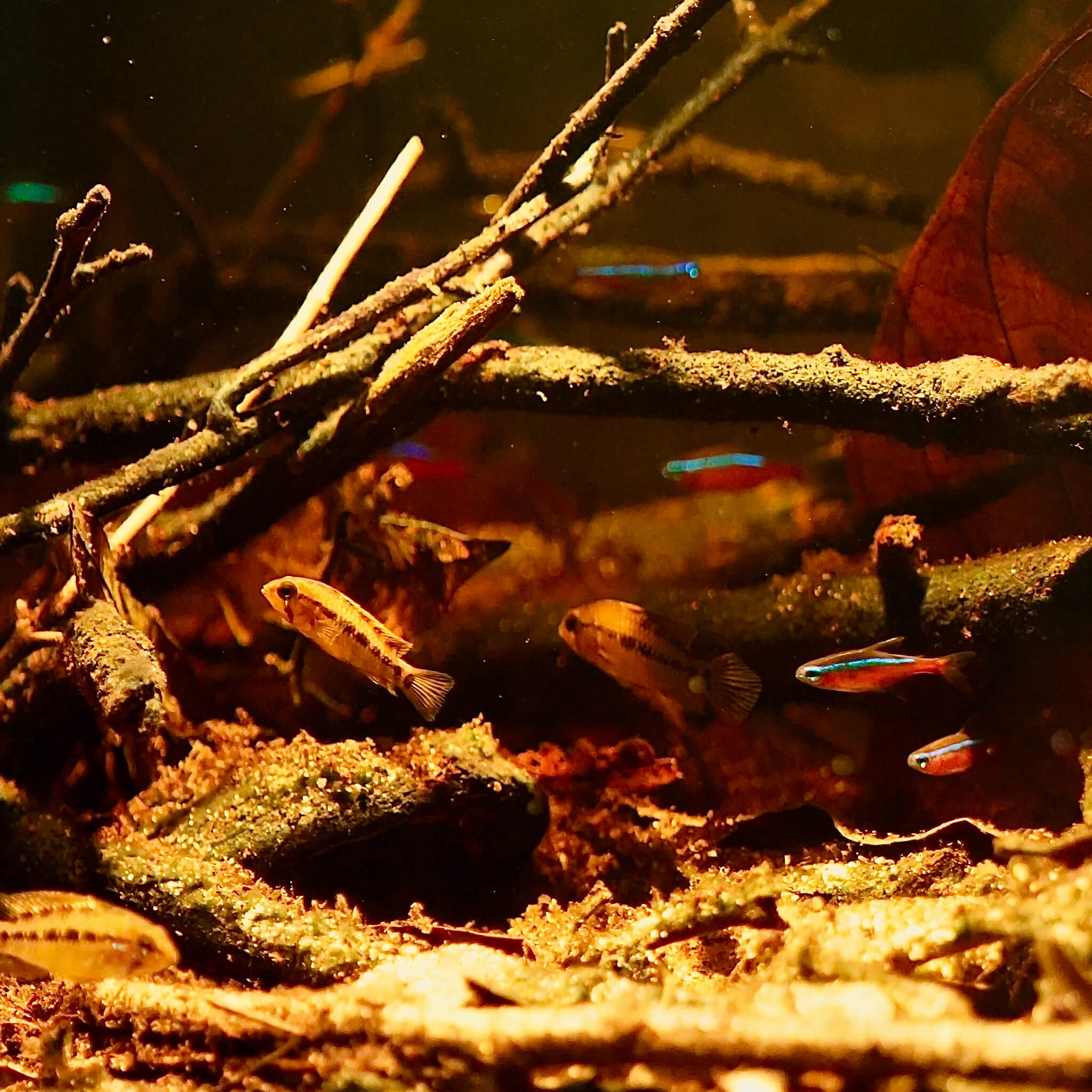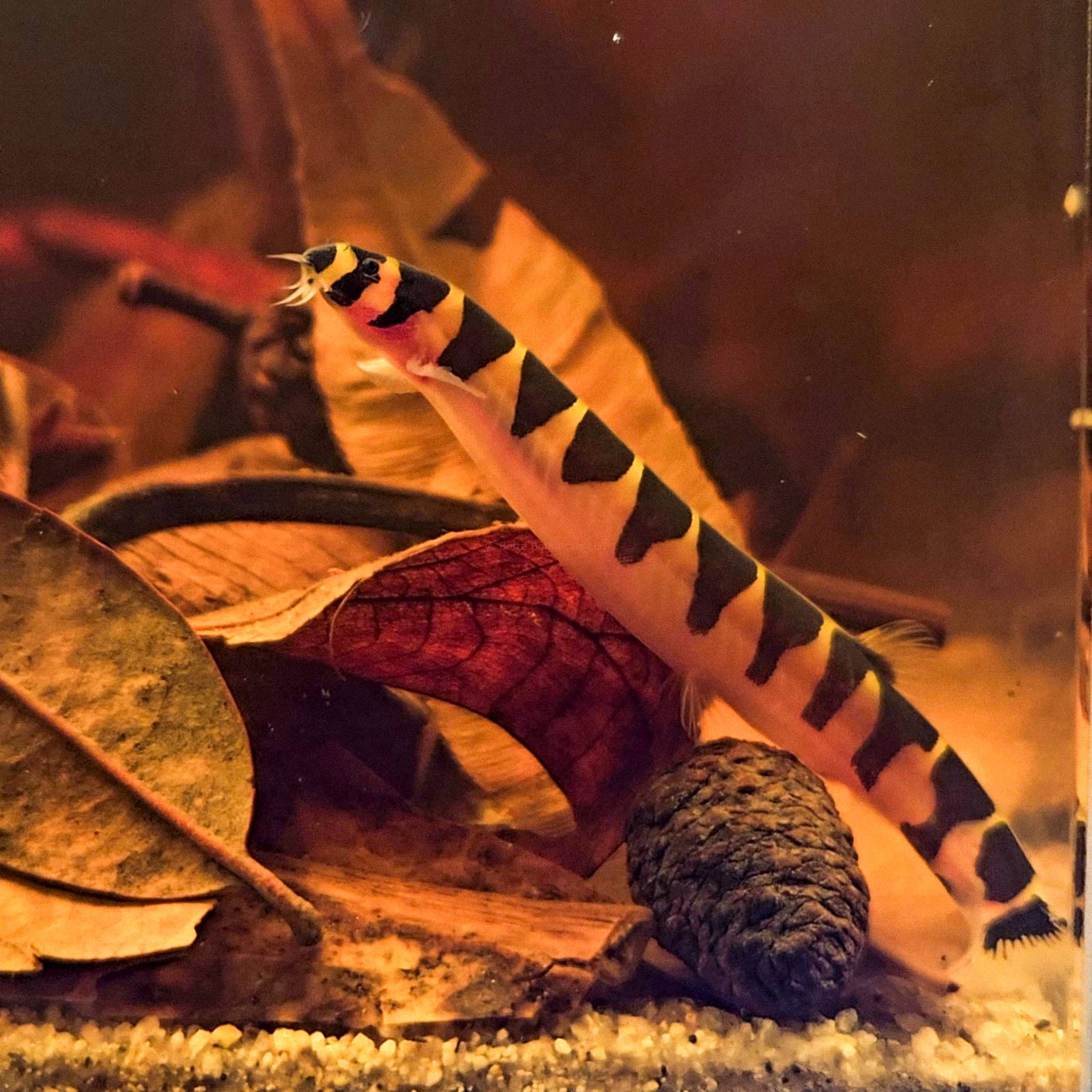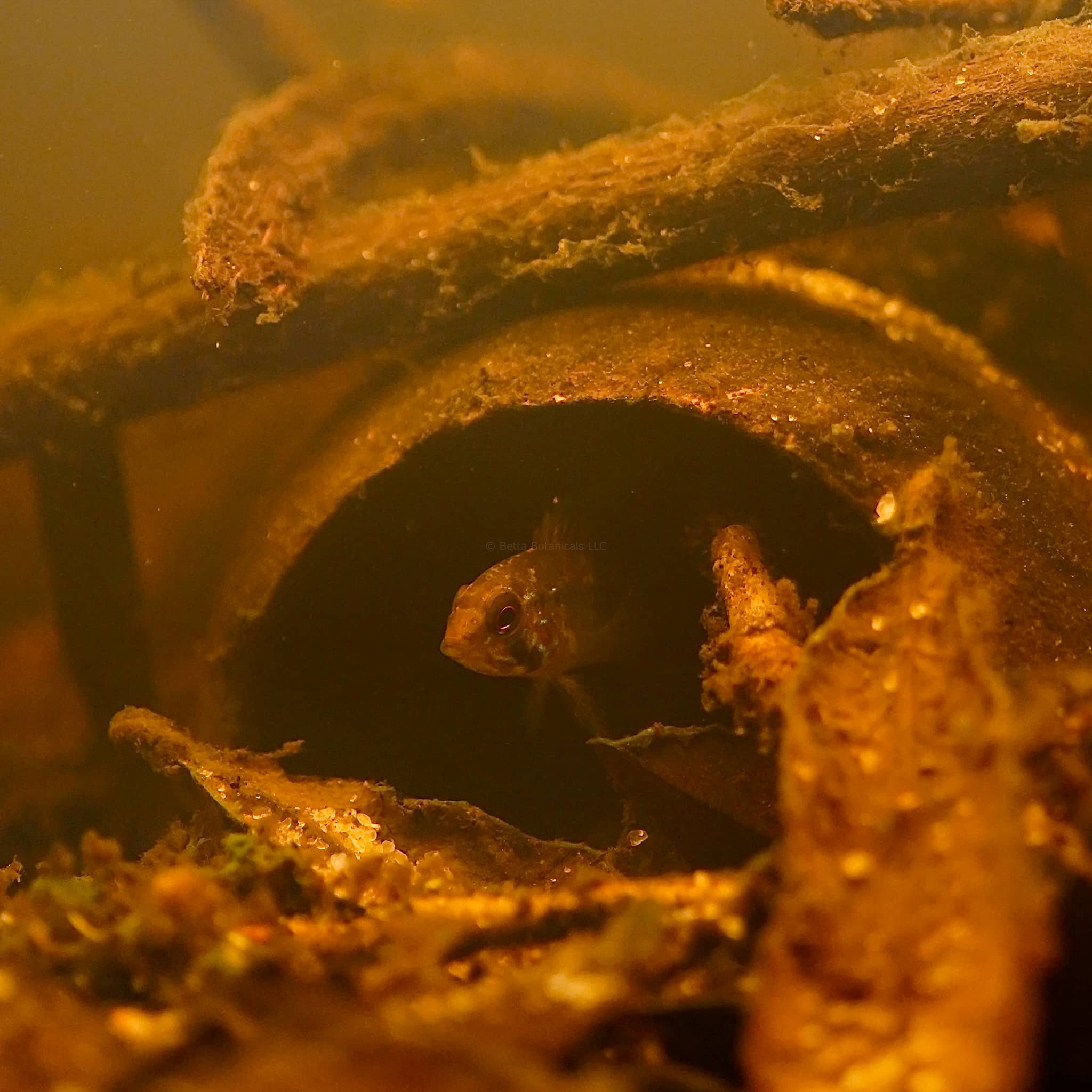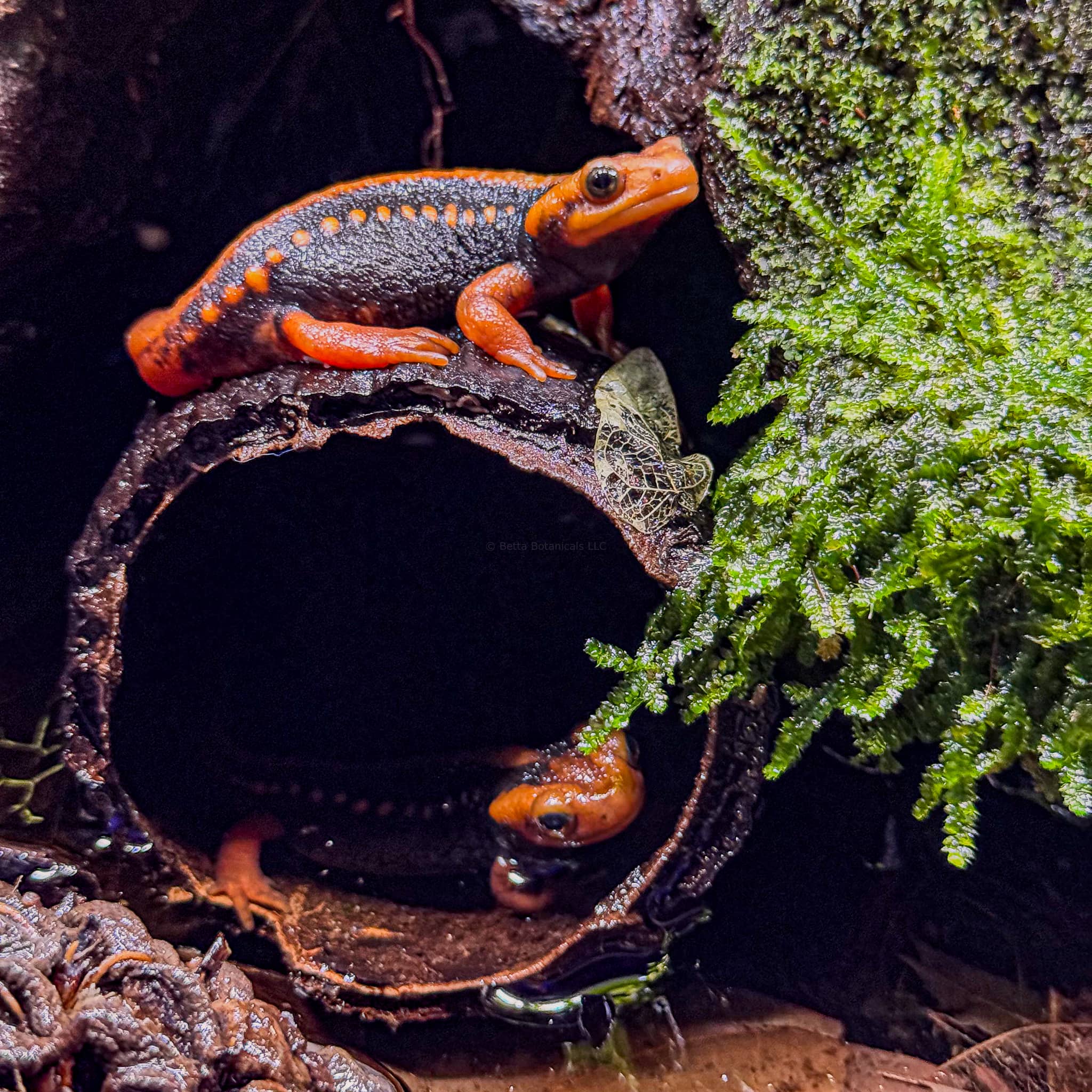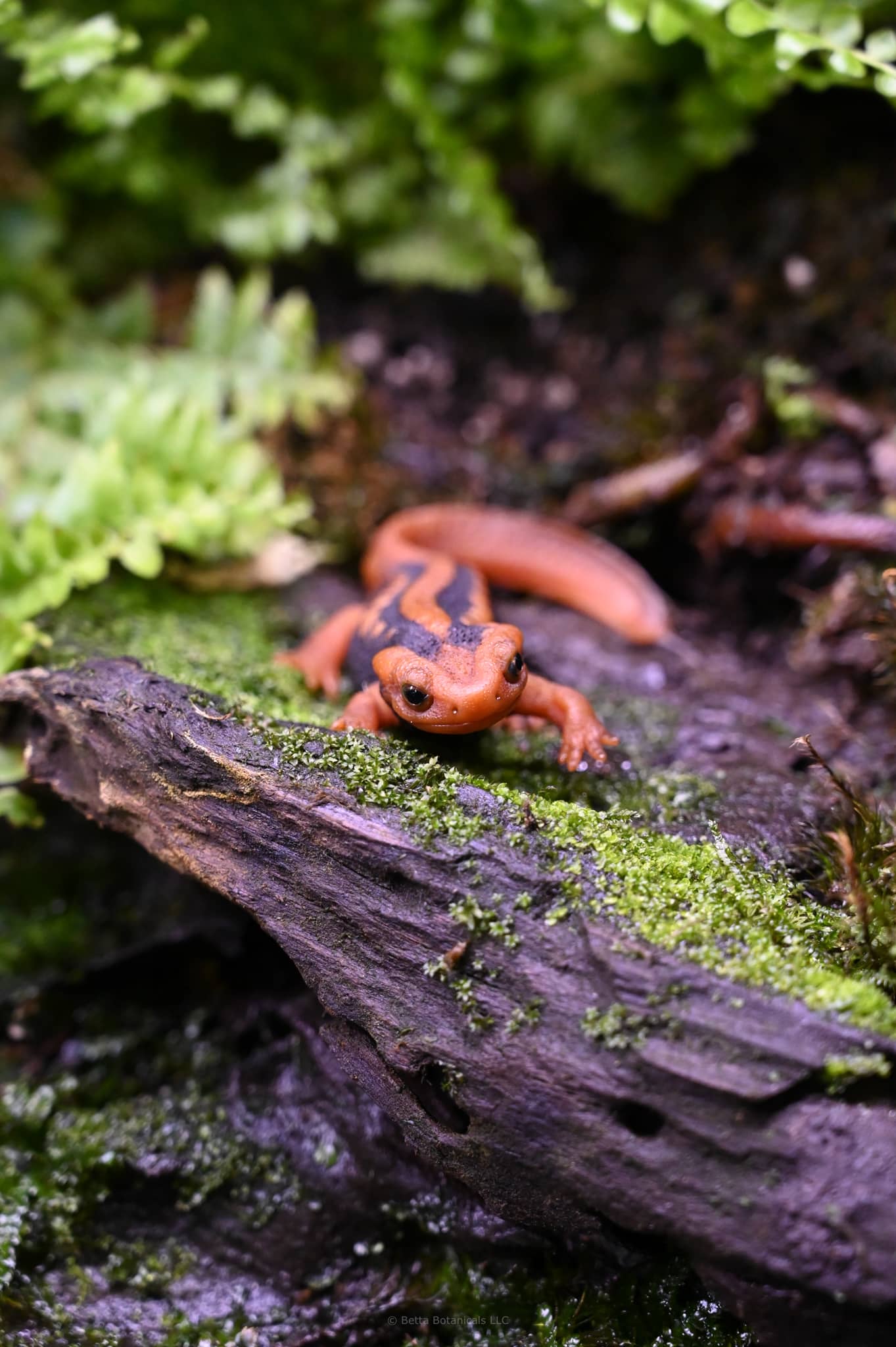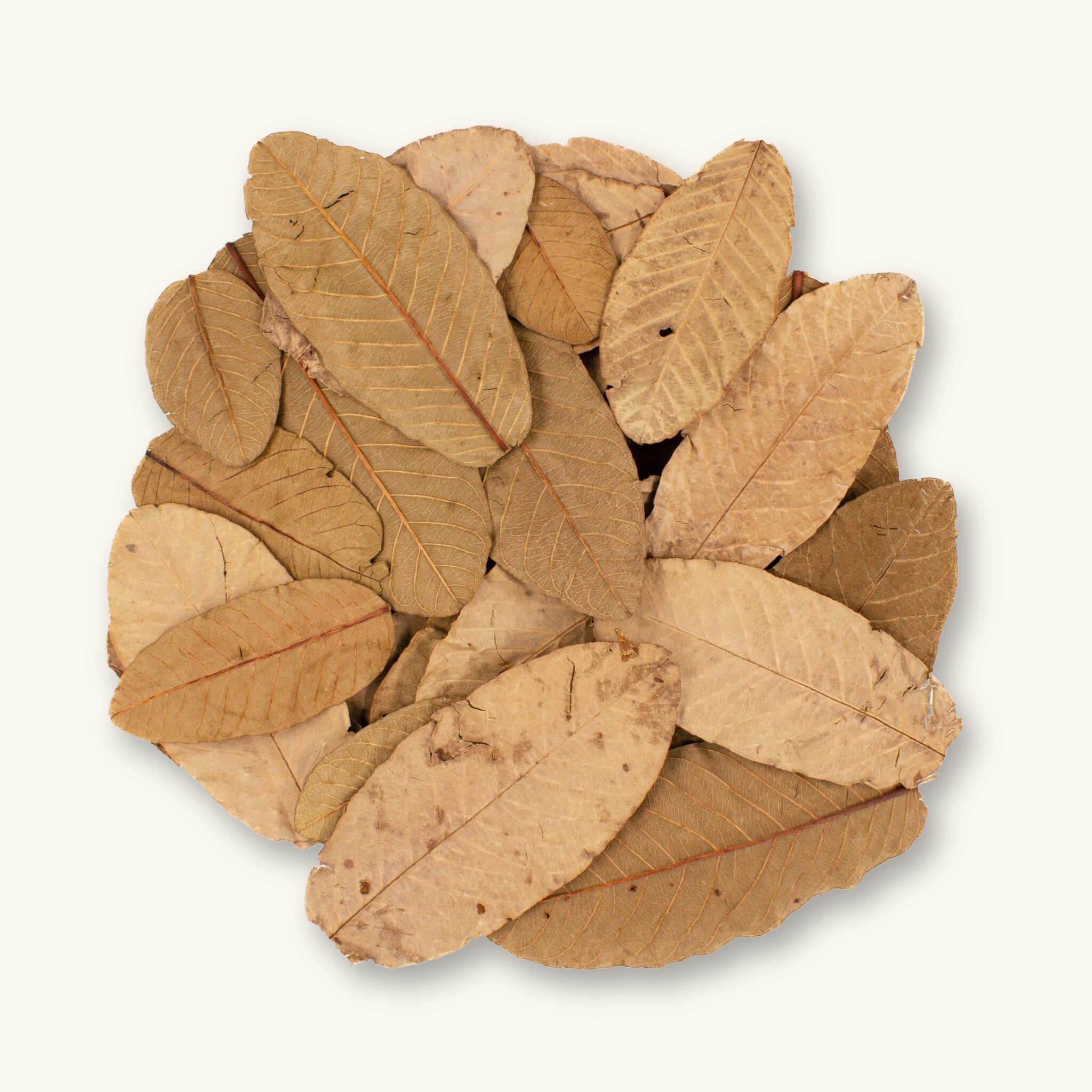
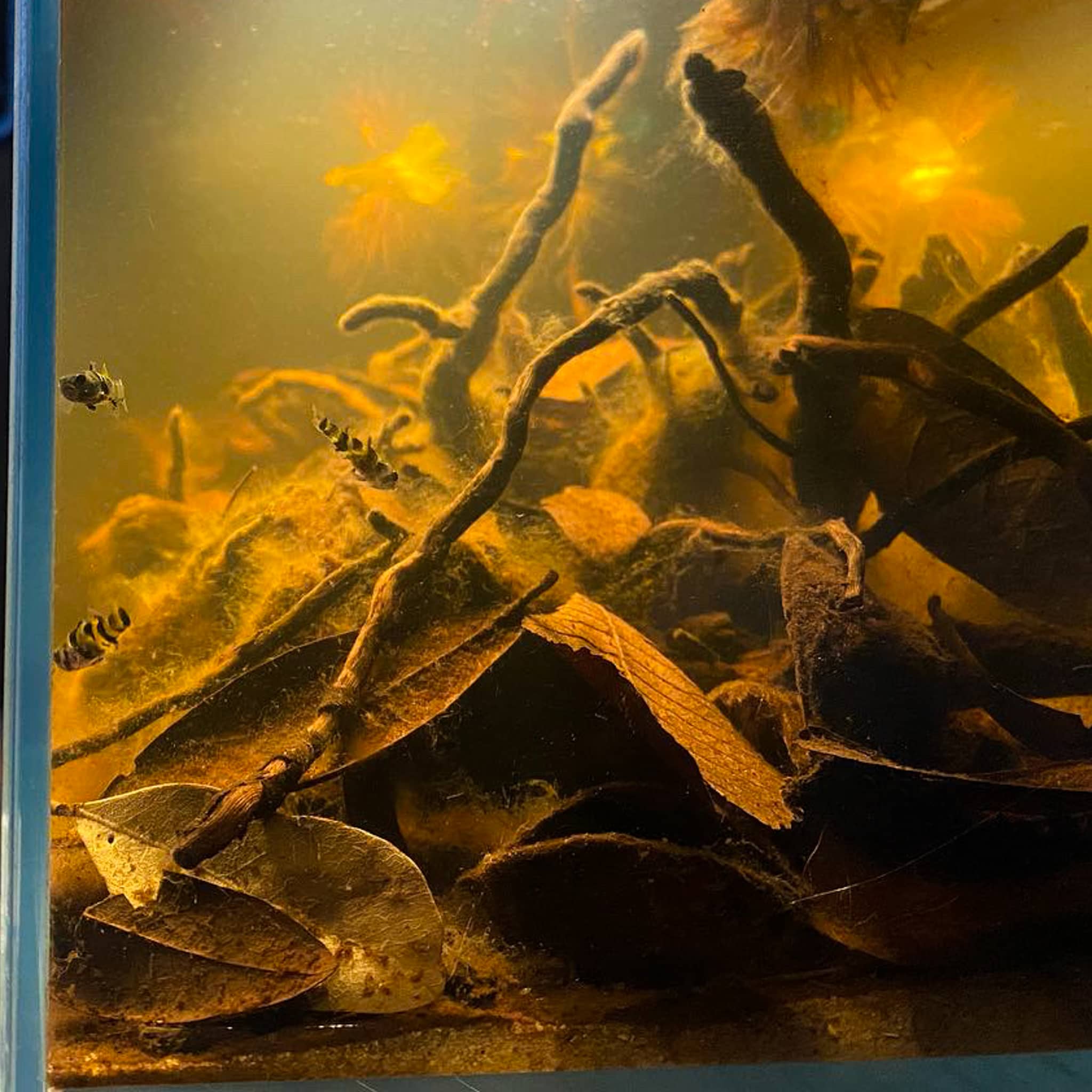
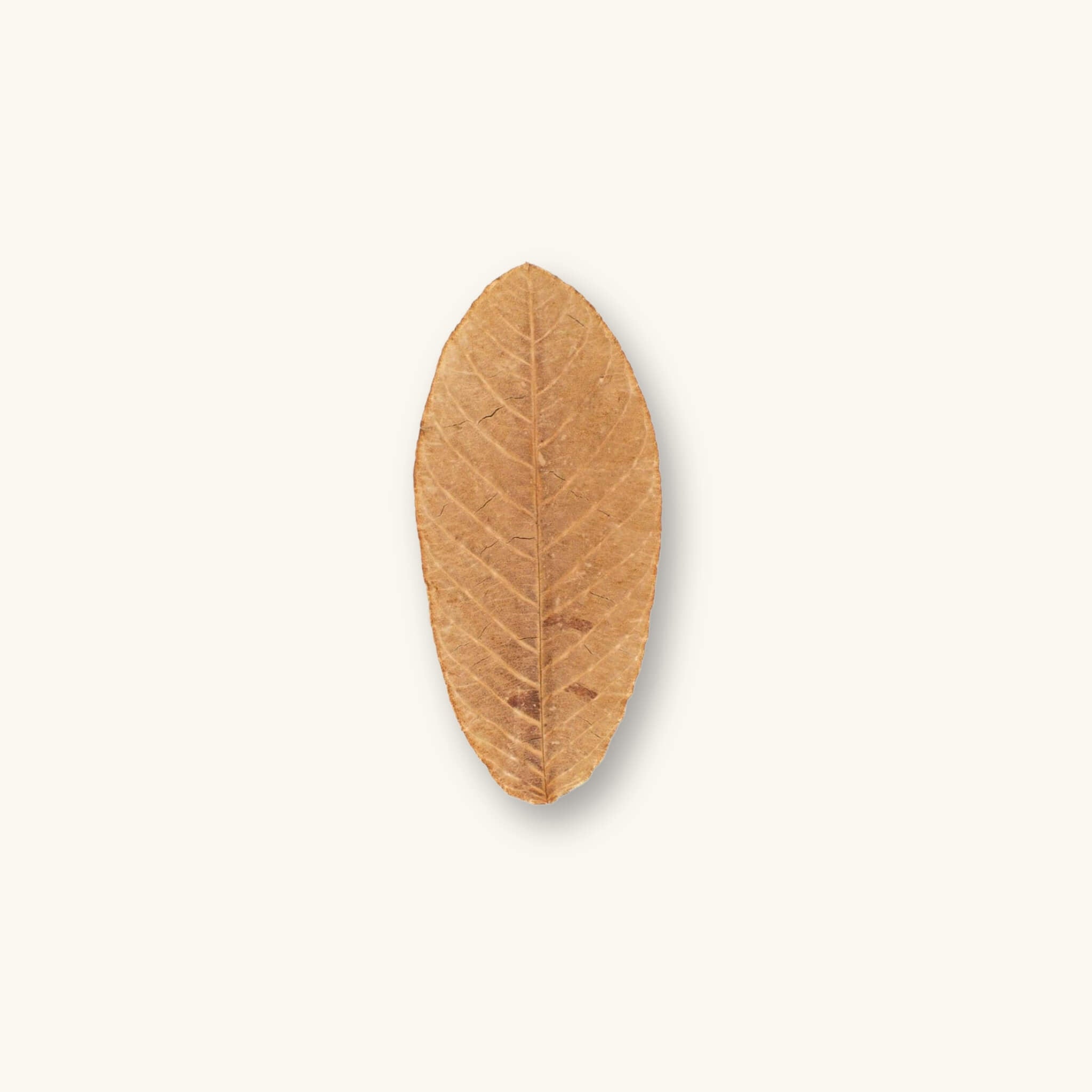
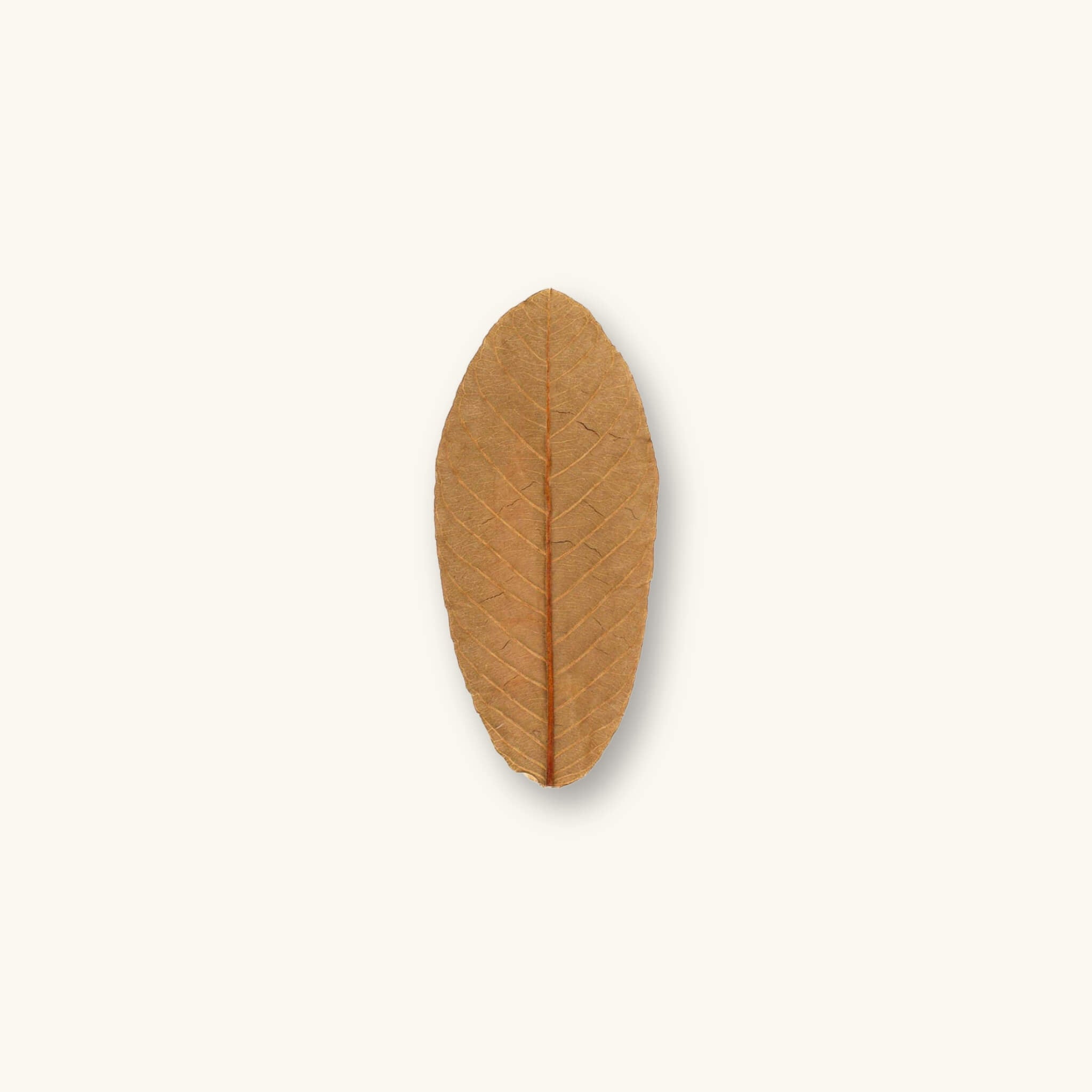
Guava Leaves | Psidium guajava
Guava Leaves on the Surface:
Guava Leaves (Psidium guajava) are durable, moderate-tannin leaves high in naturally occurring vitamins and minerals suited for botanical method aquariums and bioactive enclosures. Hand-harvested from pesticide-free farms in the USA and Indonesia, this leaf litter contributes to aquatic ecology through beneficial tannins and humic substances that help recreate the natural environments of your fish. They are among the best 'feeder botanicals' for shrimp, snails, and rasping fish, an important player amongst the foundations of a leaf litter bed. The durable fibers of Guava Leaves gradually break down and support long-term biofilm formation, providing supplemental foods and detritus for shrimp, snails, and small fishes.
The beneficial compounds within Guava Leaves include natural polyphenols and flavonoids that exhibit mild antibacterial properties. When used consistently, these compounds may help reduce the presence of harmful bacteria in the water, contributing to a balanced microbial community and supporting overall fish health.
Essential Details
- Tannin Level: Moderate
- Tint Color: Light amber to yellow
- Durability: High – slow to soften, long-lasting in aquatic systems
- Habitat Location: USA and Indonesia
- Optimal For: Dart Frogs, Geckos, Shrimp and snails, tetras, cichlids, Bettas, Rasboras, Gouramis, and small catfish species
- Use with Caution: Optimal for use with all critters
- Size Range: ~4–8 inches
- Quantities: ~25 leaves per compostable bag; natural size and shape variation expected
Guava Leaves for Aquariums & Vivariums
In the botanical method, blackwater, and biotope aquarium, Guava Leaves foster microbial proliferation and serve as long-term grazing substrates. As they slowly soften, their surface becomes a biofilm-rich feeding zone, cultivating supplemental nutrition and bolstering the food web that sustains shrimp, snails, and microfauna. These leaves are one of the most popular choices for recreating natural habitats, conditioning the water with tannins, flavonoids, and trace minerals that mirror the chemistry of tropical aquatic habitats.
In vivariums, Guava Leaves function as both shelter for inhabitants and forage for isopods and springtails, supporting a diverse cleanup crew while reinforcing the ecological rhythm of decay and renewal. Over time, they integrate into the perpetual substrate, enhancing moisture balance and microbial diversity.
Beneath the Leaves: Psidium guajava in the Wild
Native to the tropical Americas and widely naturalized across Southeast Asia, Psidium guajava thrives along sunny grasslands, coastal plains, and humid forests. In the wild, fallen leaves accumulate beneath its broad canopy, breaking down slowly into rich organic matter that nourishes insects, fungi, and soil microbes. This slow decay process mirrors its function in aquariums—steady, nutrient-releasing, and foundational to the ecosystem’s balance. By adding Guava Leaves, we borrow from nature’s own rhythm—allowing Mother Nature to lead the way.
Sustainability Note:
This product’s packaging is home compostable. Just like the botanicals inside, it will break down naturally and return to the soil—because what supports your ecosystem should minimally impact our planet.
Not for human consumption. Preparation required.
This is a natural product—variation in color, shape, and texture is expected.

Guava Leaves | Psidium guajava
Home is getting more natural
While the aesthetic appeal of botanicals and tinted water can be quite attractive to us, the recreation of nature to emulate water conditions, feeding patterns, spawning displays, and territory building are the true benefits botanicals provide to our critters.
Botanical FAQs
Compostable Packaging Promise
Our packaging is designed to return safely to the Earth, just like the botanicals inside. Every bag is BPA- and Phthalate-free, GMO-free, and contains no animal products. Each meets ASTM D6400 composting standards, ensuring it can fully break down in a home compost bin.
What are the Fluffy White Growths on my Botanicals?
That’s biofilm and fungi—what we call the “goo phase.” It’s one of the clearest signs that your aquarium is alive and functioning. These growths wax and wane naturally as botanicals decompose. They’re harmless, even beneficial, and will disappear on their own once microbial populations stabilize.
Will botanicals lower the pH of my water?
That depends entirely on your source water. In very soft or RODI water, botanicals can gradually lower pH as tannins and humic substances accumulate. In medium to hard tap water, buffering capacity often resists these shifts, and you may not notice much change. At Betta Botanicals HQ, our very hard water (350+ ppm) shows almost no pH change unless we use botanicals like Alder Cones or Macaranga Leaves.
When should I replace leaves or pods in my tank?
We recommend allowing botanicals to fully break down into detritus, since this fuels microbial life and enriches the substrate. You can remove them once they stop tinting the water, but you’ll lose some of their ecological benefits. Each time you add new botanicals, follow proper preparation and observe your livestock until you learn your aquarium’s rhythm.
Are your products just for bettas?
Nope. Our botanicals are safe for almost all aquariums, terrariums, vivariums, and paludariums. The only exceptions are goldfish and axolotls, which may ingest small pods like alder cones or casuarina cones. For those species, we recommend large leaves such as Indian Almond, Loquat, or Jackfruit.
What are Tannins?
Tannins are natural compounds released by leaves, seed pods, and bark as they decompose in water. They soften water, gently lower pH, and create the characteristic tea-stained tint found in blackwater habitats. But their role goes far beyond color—tannins fuel beneficial bacteria, fungi, and biofilms, which form the foundation of a healthy ecosystem. They also offer mild antifungal benefits and help reduce stress in fish by replicating the natural conditions they’ve evolved in. At their core, tannins are plant-derived antioxidants that connect your aquarium to the same processes at work in wild flooded forests and streams.
